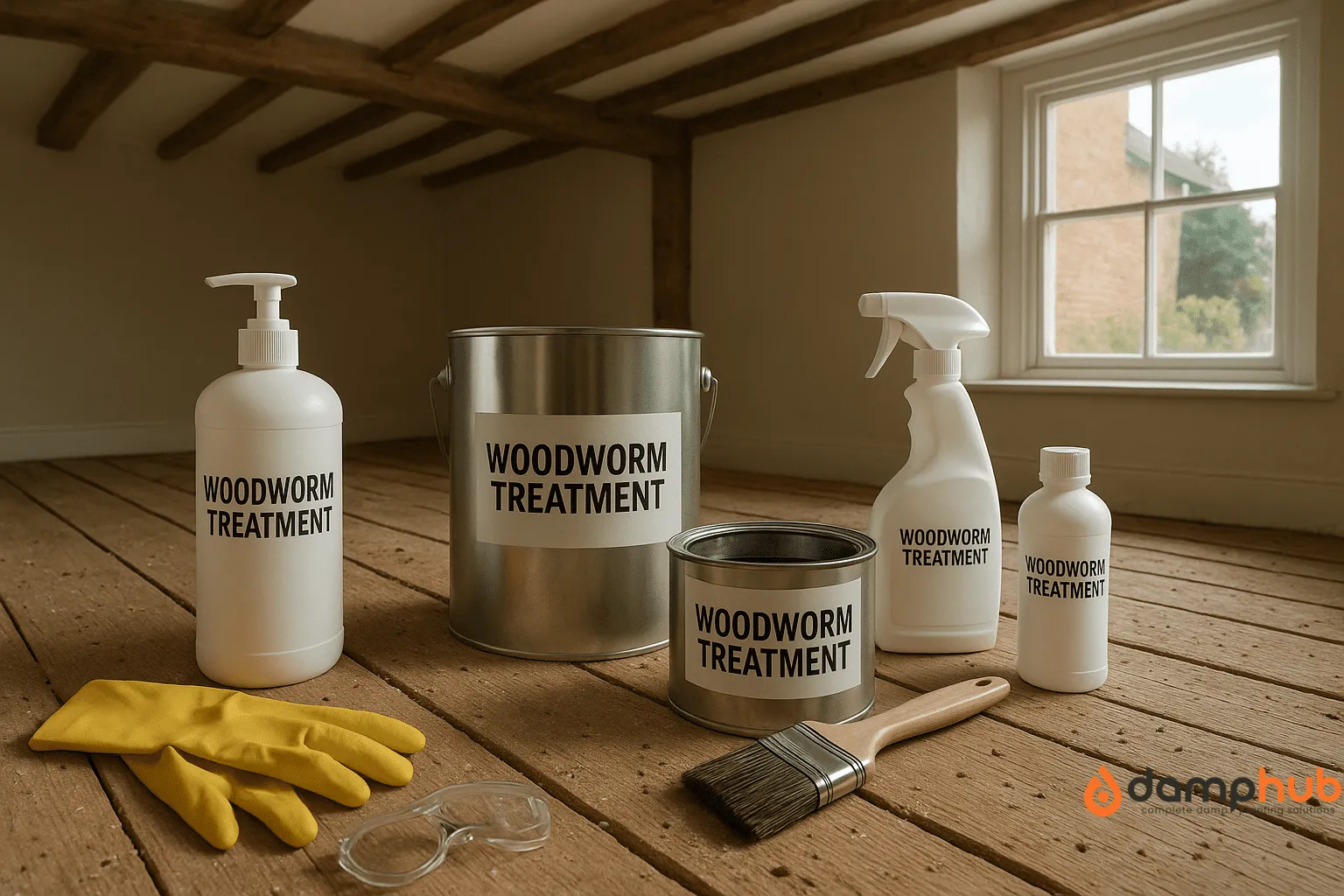Woodworms are one of the most underrated household pests that can cause serious structural damage. These tiny larvae feed on wood, and over time, they can weaken the foundations of your home, making it more prone to collapse. In this article, we’ll discuss how to identify woodworms, how they damage wood, and the best ways to treat and prevent them. For expert assistance with woodworms, visit Woodworms for professional pest control solutions.
What Are Woodworms?
Woodworms refer to the larvae of wood-boring beetles that tunnel through wood to feed. These larvae are not immediately visible but leave behind distinct signs, such as small exit holes and wood dust. The adult beetles lay their eggs in cracks or crevices in the wood. Once the eggs hatch, the larvae start feeding on the wood, and as they grow, they create tunnels that weaken the wood’s structural integrity.
The larvae remain hidden inside the wood for months or even years, making the damage difficult to notice until it’s too late. Woodworms are commonly found in damp, poorly ventilated areas of the home, such as basements, attics, and wooden beams.
Recognizing the Damage Caused by Woodworms
The damage caused by woodworms is often subtle but can be severe if left untreated. Here are the key signs to watch for:
-
Exit Holes: When the adult beetles emerge from the wood, they create small, round holes that are typically 1-2mm in diameter. These holes are a clear indicator of a woodworm infestation.
-
Frass (Wood Dust): As the larvae tunnel through the wood, they produce a fine powder called frass. You may find this dust around the exit holes or on the floor beneath the affected wood.
-
Weak and Soft Wood: The tunnels created by the larvae weaken the wood, making it soft and brittle. If the wood feels fragile or breaks easily, it may be a sign that it’s been affected by woodworms.
-
Adult Beetles: Adult beetles often emerge from the wood in warm weather. These beetles are typically small, dark-colored, and often found near wooden surfaces.
Why Woodworms Should Be Taken Seriously
The presence of woodworms in your home can lead to major structural problems. Over time, the larvae consume and damage the wood, which can compromise the safety of your home. If left unchecked, woodworms can spread from one piece of furniture to other wooden structures, leading to widespread damage that can be expensive to fix.
Since the larvae are hidden inside the wood, it can be difficult to detect the infestation early on. By the time you see visible signs of damage, the larvae may have already weakened multiple wooden structures in your home.
Preventing Woodworm Infestations
The best approach to handling woodworms is to prevent them from infesting your home in the first place. Here are some strategies to protect your property:
-
Control Moisture: Woodworms thrive in damp environments, so controlling moisture in your home is essential. Ensure proper ventilation in areas like basements, attics, and crawl spaces, and use dehumidifiers to keep humidity levels low.
-
Treat Wooden Surfaces: If you are adding new wooden furniture, beams, or floors, treat the wood with a preservative that protects against woodworm infestations. This treatment will create a barrier that helps prevent these pests from entering your home.
-
Regular Inspections: Regularly inspect wooden beams, floors, and furniture for signs of woodworm damage. Early detection can prevent the infestation from spreading to other parts of your home.
How to Treat Woodworm Infestations
If you discover a woodworm infestation in your home, immediate action is necessary. Several treatments can help eliminate the pests and stop further damage:
-
Chemical Insecticides: These are the most commonly used treatments for woodworms. Chemical insecticides penetrate the wood and kill the larvae. They can be applied using a brush or spray.
-
Fumigation: For large infestations, fumigation may be necessary. This involves sealing the affected area and releasing a gas that kills both larvae and adult beetles.
-
Boric Acid: A natural alternative to chemical insecticides, boric acid can be used to treat woodworms. It’s effective at killing larvae and is less toxic to humans and pets.
-
Professional Pest Control: If the infestation is widespread, calling in a professional pest control service is the best course of action. These experts have the tools and experience to handle large infestations and prevent further problems.
Repairing the Damage Caused by Woodworms
After treating the infestation, it’s important to repair any damage caused by woodworms. For small holes, you can use wood filler to restore the wood. However, if the damage is extensive, replacing the affected wood may be necessary, particularly if it’s structural wood like beams or floorboards.
If you’re unsure of the extent of the damage or how to proceed with repairs, it’s a good idea to consult a professional contractor. They can assess the situation and help you restore the integrity of your home.
Conclusion
Woodworms are a serious threat to your home’s wooden structures, but with early detection and proper treatment, you can minimize the damage they cause. Regular inspections, moisture control, and the use of wood preservatives are effective ways to protect your home from these destructive pests. If you do discover an infestation, taking prompt action will help prevent further damage. For professional help and pest control solutions.




